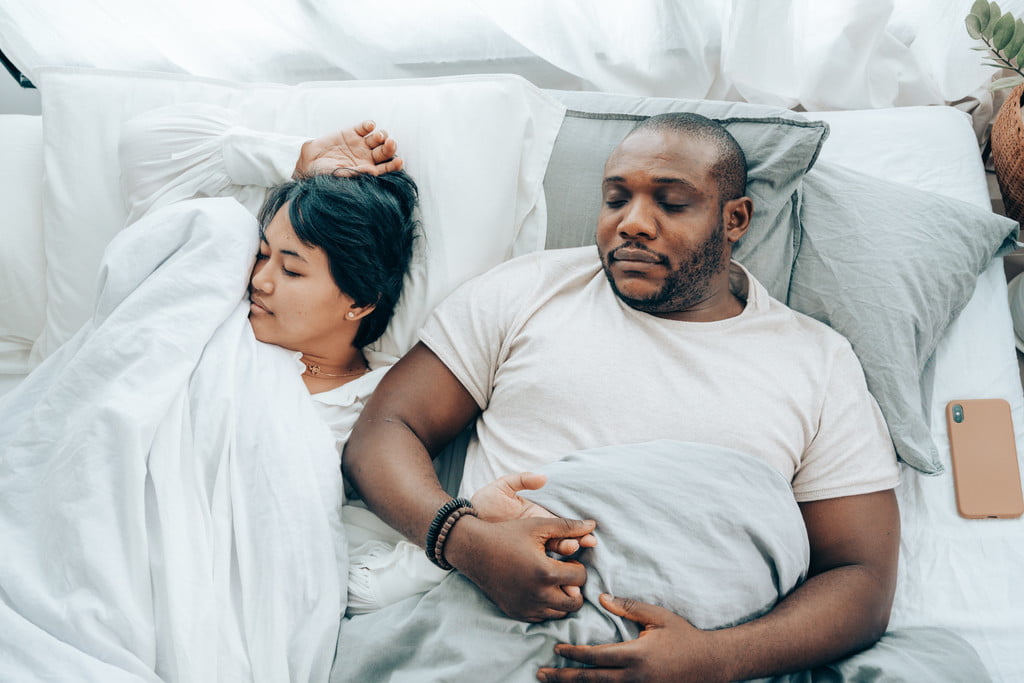Can’t remember when you purchased the pillows on your bed, your couch, or your patio furniture? It just may be time to replace them.
Think about how much time has gone by between when you purchased pillows for your bedroom (or those throw pillows you wanted or the pillows you got for your outdoor furniture) and now. How long has it been? Too long, we’re guessing…
Many people believe that buying new pillows is something you ought to do anywhere from once per year to every other year. However, what’s the consensus? In this article, we’re going to break down why you should replace your pillows, which pillows you should replace, and when.

The importance of replacing all your pillows
When you sleep, your body sheds all kinds of funky things like body oil, skin, and hair. Guess what? Your pillow bears the brunt of all that shedding. All that stuff gets all over your pillow, and the poor thing kind of just soaks it up. After a while, your pillow may begin to smell weird. That’s just gross, right?
You can wash your pillow, and you should every so often. However, even if you wash your pillow, it will still accumulate stuff that doesn’t wash off at a microscopic level. All those tiny things eventually attract dust mites. So, now you have microscopic junk that doesn’t easily wash off, plus little tiny bugs.
Yes, we’re joining with you in saying “gross!” yet again.
Now, outside of all that, your pillow also starts to lose its ability to remain supportive over time. Your head’s weight eventually creates spots on your pillow that are flattened out, which can make the rest of the pillow lumpy. It’s like your pillow starts to have hills and valleys on its surface. The result is a cushion that’s not so cushiony.
Of course, that’s just talking about your bedroom and throw pillows! Things are much worse when it comes to pillows you use on outdoor furniture.
Damage to outdoor pillows
Outdoor pillows need to be replaced much more often than the pillows you use in your house, and the reason is that they suffer far more damage far quicker. A general rule of thumb is that your outdoor pillows ought to be switched out every six months. It’s possible that you can stretch that out to a year or more, but it’s not advisable.
Signs you should replace your pillows
How do you know if it’s time to chuck out your old pillows? Here are a few things to look for:
- If you have to fluff and re-fluff your pillow every 2 seconds in an effort to get comfortable, you should probably get a new pillow.
- You find yourself sneezing all night. (Dust mites are probably to blame.)
- You awaken with a crick in your neck, you’re getting bad tension headaches, or you have aches and pains in your shoulders.
- Your pillow is stained with sweat and oil, and washing no longer does the trick.
- There are noticeable lumps in your pillow that seem to reappear even when you’ve beaten it up and fluffed it out.
When to replace all your pillows
Marc Werner, founder and CEO of Nature’s Sleep, said the exact answer to the question of pillow replacement isn’t cut and dry. There are a lot of factors that go into the decision to replace a pillow, including material, number of washes, and room.
“How long a pillow will last should depend on the quality of the material and how breathable it is to circulate airflow, as well as the temperature of the room, as if it’s too hot, mold will grow,” he said. “You can get two to three years out of a throw pillow that is more on display than for daily use if you take good care of the cover, as it has less airflow. People that like to add throw pillows to a bed may want to clean those more often, as they are typically thrown on the floor and gather more dust.”
Here are some numbers on how long you can expect normal, affordable pillows to last:
- Polyester: Six to 24 months
- Synthetic down: 18 to 24 months
- Down: Two years
- Memory foam: 18 to 36 months
- Feather: 18 to 36 months
- Buckwheat: Three years
- Latex: Three to four years
- Outdoor pillows: Six months

Tossing this out there
Listen, we understand that your pillow is special to you. We love our pillows too. However, as with most good things, they eventually come to an end. Suppose you’ve been trying to maintain a relationship with your pillow for more than a few years. In that case, it’s probably time for you to say goodbye to it.
Remember that the quality of your rest is essential. Hanging on to an old pillow that’s far past its prime is an excellent way to ensure your rest isn’t what it should be. So, if you’ve been asking yourself how often should you replace your pillows, well … if you’ve read this far, then the answer’s pretty straightforward.
Get thee to thy nearest store and get some pillow shopping done. Then enjoy the comfort of your new, fresh, cozy pillows as you sit back and relax or fall into a deep and restful sleep!



